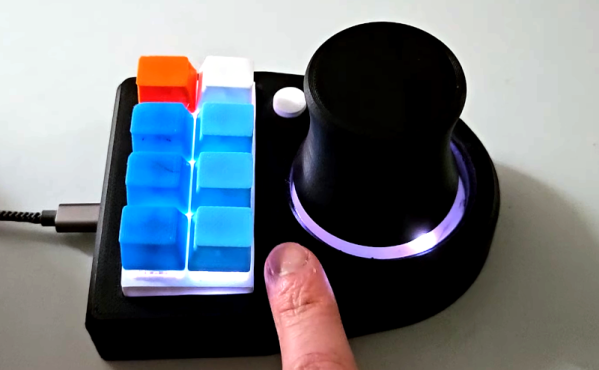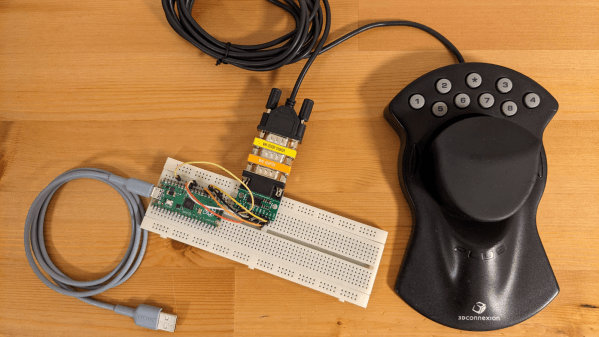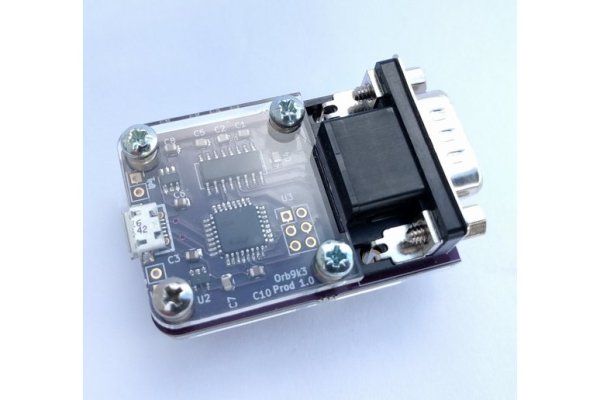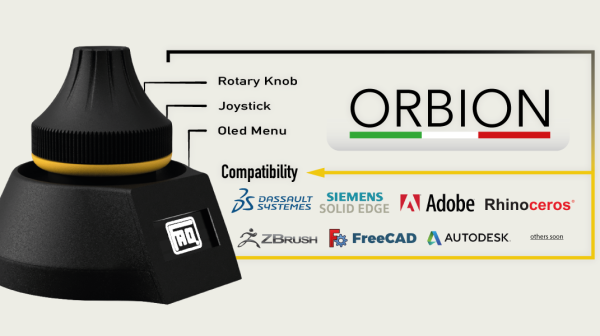If you work with high-end CAD workstations, you may have encountered a SpaceMouse or similar devices. Sort of a mouse with an extra dimension, they aren’t cheap. So [meisterodin1981] decided to build a do-it-yourself version for use with Blender. You can check it out in the video below.
The device uses an MPU6050 accelerometer and a spring. It also has some buttons for special features. The device uses a Teensy 2, although any controller that can provide an HID device could probably do the job. Of course, a nice 3D printed case is part of the design. A printed pair of plates holds a 3D printer bed spring to provide the device’s Z-axis movement. The wires to the encoder are routed through the center of the spring, so neatness counts.
We’ve seen other 3D mice like the Orbion. Your other option is to pick up the old-fashioned serial port versions and convert them. Until you can do your designs in virtual reality, these mice are just the ticket.















